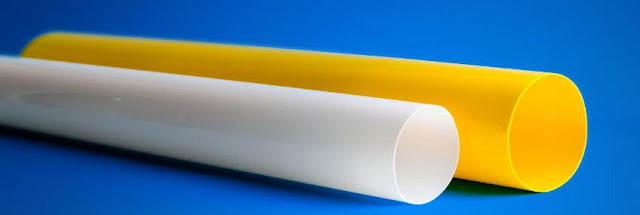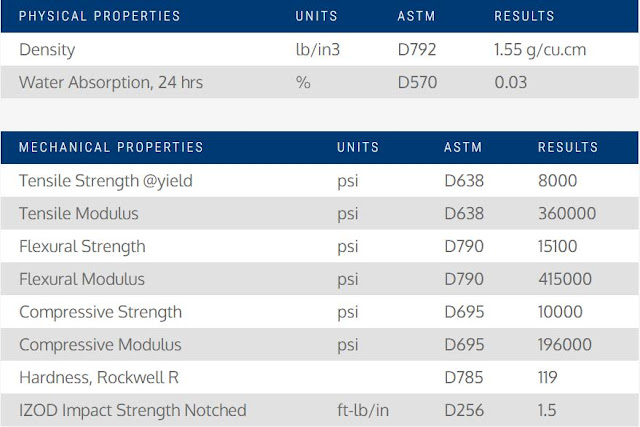There are a number of methods to weld thermoplastics, which include hot gas (air) hand welding, and hot gas (air) extrusion welding. In the following, hot gas (air) hand welding and hot gas (air) extrusion welding are being addressed since they play a major role in the field of custom thermoplastic fabrication. A further application for these techniques is the modification or repair of rotationally molded, blow molded, vacuum formed or injection molded parts.
THE MOST COMMONLY WELDED THERMOPLASTIC MATERIALS ARE:
- Polypropylene
- Polyethylene
- Polyvinylchloride
- Chlorinated Polyvinylchloride
- Polyvinyldenefluoride
Welding means raising the temperature of the materials to their thermoplastic state, applying pressure to allow the molecules to newly position themselves and thus creating a new homogeneous area when cooled down. The thermoplastic state, i.e. the temperature range in which the material is weldable, differs between materials. Compared to PP and PE, PVC and CPVC have a very small thermoplastic state, i.e. the temperature window for welding is relatively narrow.
Compatibility between materials is an important factor. It is recommended to verify that the melt flow rates of HDPE materials to be welded together are the same or neighboring. With PP it is not recommended to use Homopolymer rod with Copolymer parent material.
Hot gas (air) hand welding and hot gas (air) extrusion welding are manual operations and require the use of a filler material. The quality of the weld is highly dependent on the knowledge and skill of the operator. The operator needs to be knowledgeable in both the setup of the equipment and the proper execution of the weld.













